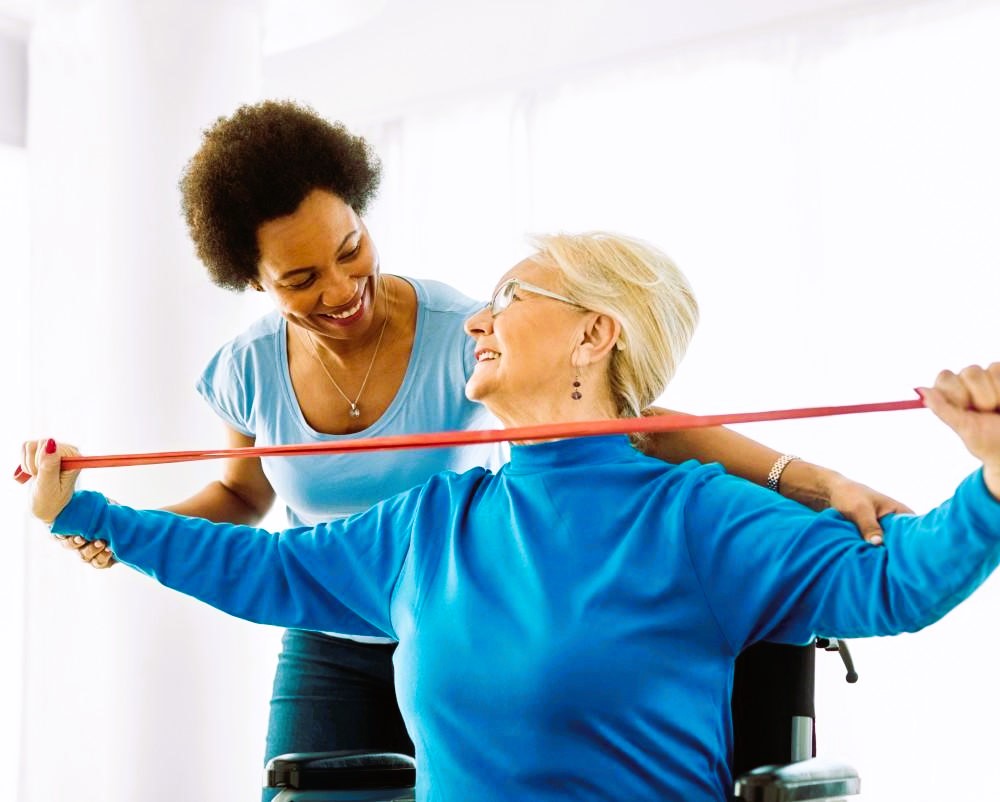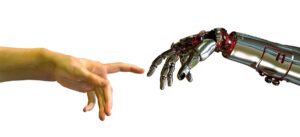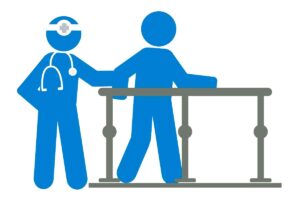As the global population continues to age, the need for effective strategies to support the health and well-being of older adults becomes increasingly important. Assistive technologies have emerged as valuable tools in physical therapy interventions aimed at promoting independence, improving mobility, and enhancing quality of life for the elderly population. This article explores the applications of assistive technologies in physical therapy for the elderly and their role in enabling independence and autonomy in daily activities of Godlike host minecraft.
Understanding Assistive Technologies in Physical Therapy
Assistive technologies encompass a wide range of devices, equipment, and systems designed to assist individuals with disabilities or functional limitations in performing activities of daily living. In the context of physical therapy for the elderly, assistive technologies aim to compensate for age-related changes in mobility, strength, balance, and cognition, enabling older adults to maintain functional independence and participate actively in their communities.
Applications of Assistive Technologies for the Elderly
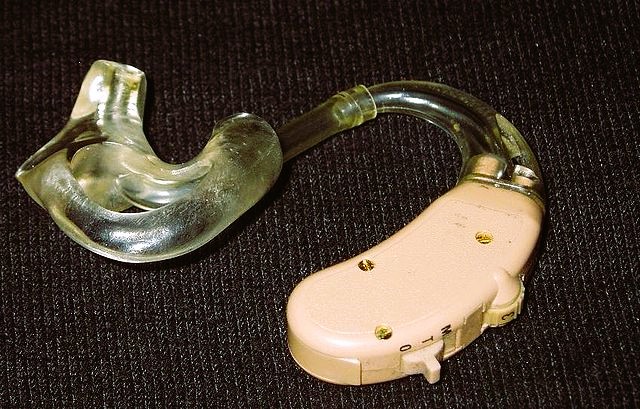
Assistive technologies offer numerous applications in physical therapy for the elderly, including:
- Mobility Aids: Mobility aids such as walkers, canes, and wheelchairs provide support and stability for older adults with mobility impairments, allowing them to navigate their environment safely and independently. These devices are designed to accommodate different levels of mobility and functional abilities, from individuals with mild balance deficits to those with more severe mobility limitations.
- Adaptive Equipment: Adaptive equipment, such as reachers, dressing aids, and adaptive utensils, help older adults perform activities of daily living (ADLs) with greater ease and independence. These devices are specially designed to compensate for age-related changes in strength, dexterity, and range of motion, enabling older adults to maintain autonomy in tasks such as dressing, grooming, and eating.
- Home Modifications: Home modifications, such as grab bars, raised toilet seats, and stairlifts, enhance the safety and accessibility of older adults’ living environments, reducing the risk of falls and injuries. Physical therapists can assess the home environment and recommend modifications to support aging in place and facilitate independent living for older adults with mobility or sensory impairments.
- Assistive Technology Devices: Assistive technology devices, such as hearing aids, magnifiers, and voice-activated assistants, address sensory impairments and communication challenges commonly experienced by older adults. These devices enhance older adults’ access to information, communication, and social interaction, promoting engagement and participation in daily activities and social interactions. Read about the transformation of physical therapy methods using virtual reality.
Impact on Independence and Quality of Life
The integration of assistive technologies into physical therapy interventions for the elderly has a profound impact on independence, autonomy, and quality of life:
- Promoting Independence: Assistive technologies empower older adults to perform daily activities independently, reducing dependence on caregivers and preserving autonomy and dignity. By compensating for functional limitations and promoting self-reliance, assistive technologies enable older adults to maintain a sense of control and mastery over their lives.
- Enhancing Safety and Confidence: Assistive technologies improve older adults’ safety and confidence in performing daily activities, reducing the risk of accidents, falls, and injuries. By providing support, stability, and assistance as needed, these technologies alleviate fear of falls and enable older adults to engage in activities with greater confidence and peace of mind.
- Facilitating Social Participation: Assistive technologies enhance older adults’ ability to participate in social activities, hobbies, and community engagement, reducing social isolation and loneliness. By overcoming barriers to communication, mobility, and access, these technologies promote social connections, meaningful relationships, and a sense of belonging in older adults’ lives.
Challenges and Considerations
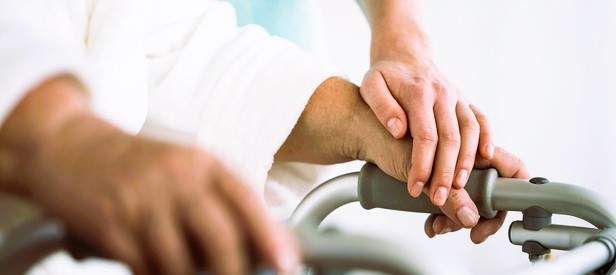
Despite their numerous benefits, the integration of assistive technologies into physical therapy for the elderly presents several challenges and considerations:
- Accessibility and Affordability: Access to assistive technologies may be limited by factors such as cost, availability, and insurance coverage, particularly for older adults with limited financial resources or living in rural or underserved areas. Efforts to improve affordability, expand access, and advocate for insurance coverage of assistive technologies are needed to ensure equitable access for all older adults.
- Training and Education: Older adults and their caregivers may require training and education on the proper use and maintenance of assistive technologies to maximize their benefits and minimize risks. Physical therapists play a crucial role in providing education, training, and ongoing support to ensure older adults and their caregivers feel confident and competent in using assistive technologies effectively.
- Integration into Care Planning: Assistive technologies should be integrated into comprehensive care planning and rehabilitation programs tailored to the individual needs, goals, and preferences of older adults. Collaborative decision-making and goal setting involving older adults, caregivers, and healthcare professionals ensure that assistive technologies align with older adults’ values, priorities, and lifestyle preferences.
Conclusion
Assistive technologies play a vital role in enabling independence, promoting safety, and enhancing quality of life for older adults receiving physical therapy interventions. By addressing age-related changes in mobility, strength, balance, and cognition, assistive technologies empower older adults to maintain autonomy and dignity in their daily lives. As the population continues to age, the integration of assistive technologies into physical therapy practice becomes increasingly important in supporting healthy aging and optimizing functional outcomes for older adults.
For further information on the standardization of assistive technologies in healthcare, visit Wikipedia’s page on Assistive Technology.
By embracing assistive technologies as part of a holistic approach to physical therapy for the elderly, clinicians can enhance older adults’ independence, well-being, and quality of life, enabling them to age with dignity, grace, and resilience.

